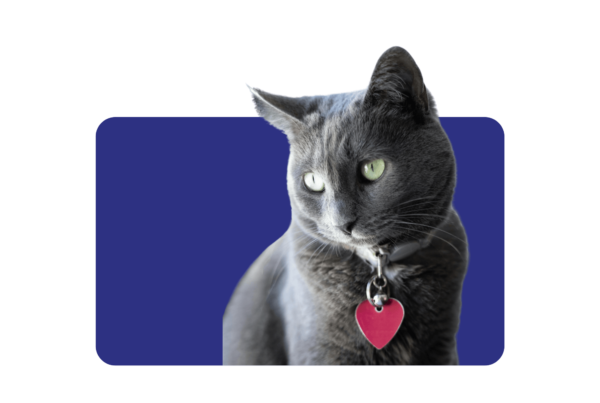Milk fever in dogs is a serious condition that occurs in female dogs that are nursing puppies. If not treated quickly it can be fatal. Knowing what it is and what to look for is vital so that treatment can happen quickly.
Milk fever in dogs: what it is
Milk fever, or more accurately hypocalcaemia or pregnancy eclampsia, occurs when bitches experience a critically low level of calcium in the bloodstream. This is due to all available calcium being secreted in the milk, dropping the blood levels significantly. Without appropriate treatment the calcium can get so low that the heart is compromised, resulting in death.
Which dogs are at risk?
We usually see milk fever in small breed dogs with large litters. The condition usually occurs 2 – 3 weeks after the puppies are born when milk production is at its peak and calcium levels have slowly been dropping over time. It can, though, be seen in any nursing bitch.
How do I know if my dog has milk fever?
The most dramatic signs are:
- shivering
- disorientation
- not responding to being called
- paralysis
- seizures
These signs usually occur 2 – 3 weeks after giving birth.
What should I do?
Get your dog to your vet as soon as possible. This is a medical emergency and should be attended to even if your dog’s symptoms show up in the middle of the night.
Treatment usually involves giving calcium by intravenous injection. This should be only done by a vet as one can give too much calcium and cause additional problems and your dog may die. The type of calcium given is also important as there are many injectable calcium formulations.
The good news is that prompt treatment carries an excellent prognosis.
Preventing milk fever
Extreme calcium requirements during nursing mean the dog’s body simply cannot keep up the necessary supply, increasing the likelihood of milk fever. As always, the best treatment is prevention and it must start during pregnancy:
- Start feeding a small breed dog puppy food from the second month of pregnancy (i.e. 30 days after mating).
- Feed as much as she wants, when she wants.
- Avoid feeding too much wet food as it contains a lot of water and is less energy dense than dry kibbles.
- Avoid certain foods that are naturally low in calcium, such as mielie meal and grains.
- Avoid feeding calcium supplements. These can actually cause more harm than good. When we feed excess calcium with supplements, the body’s natural calcium storage and usage mechanism are dulled.





